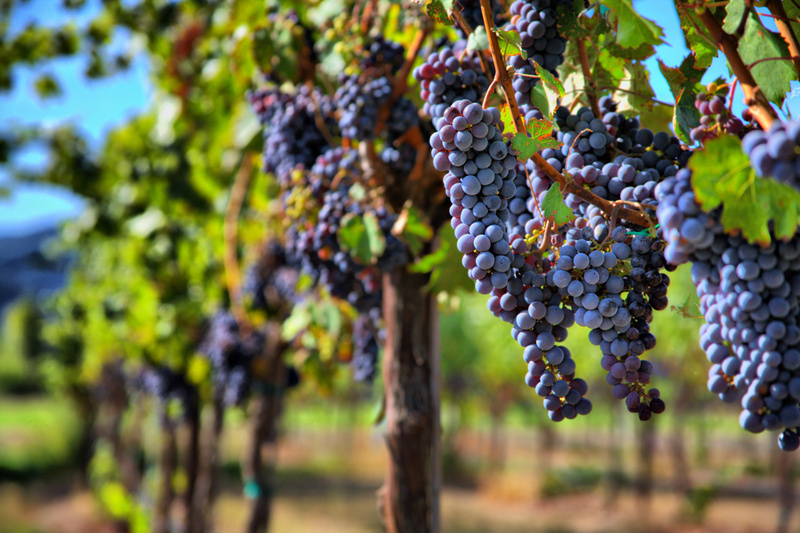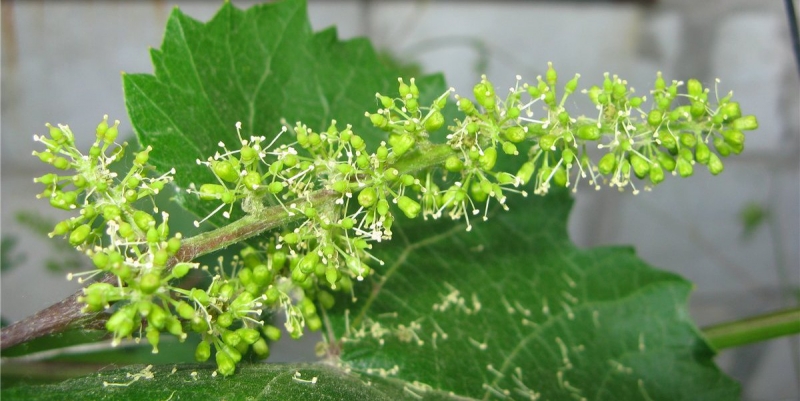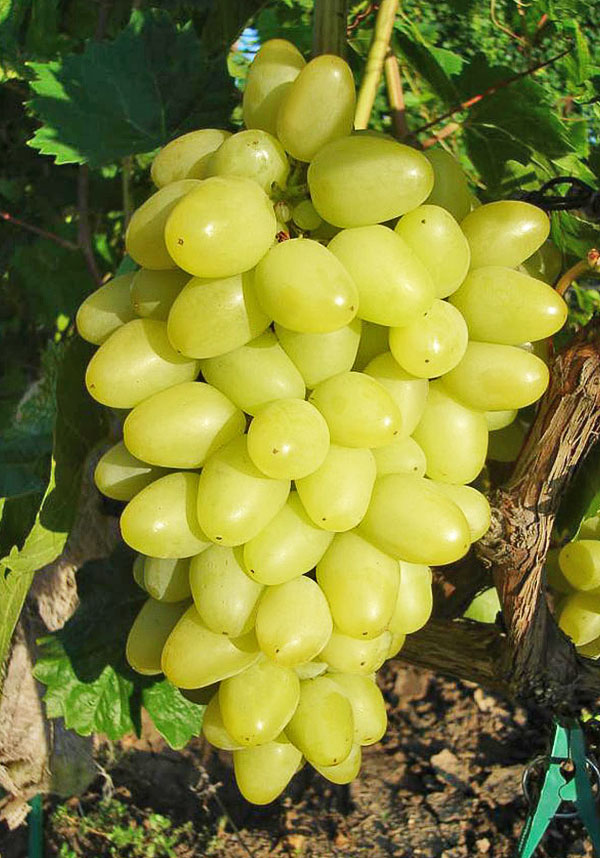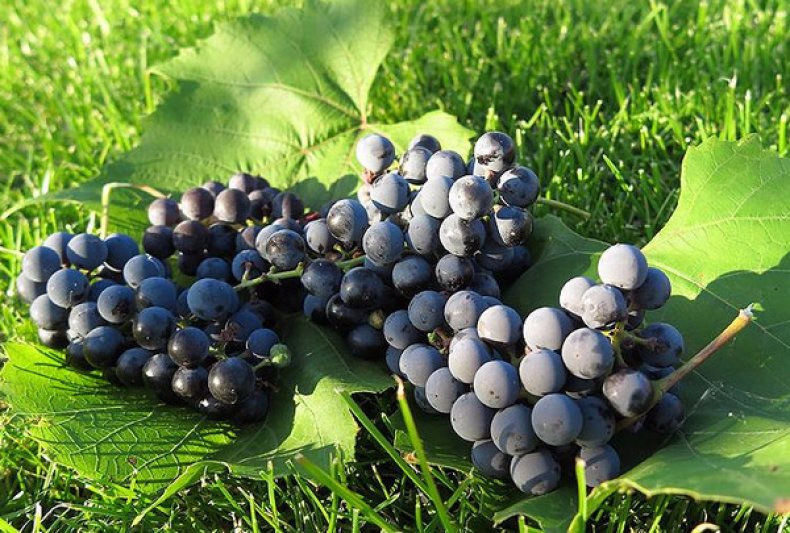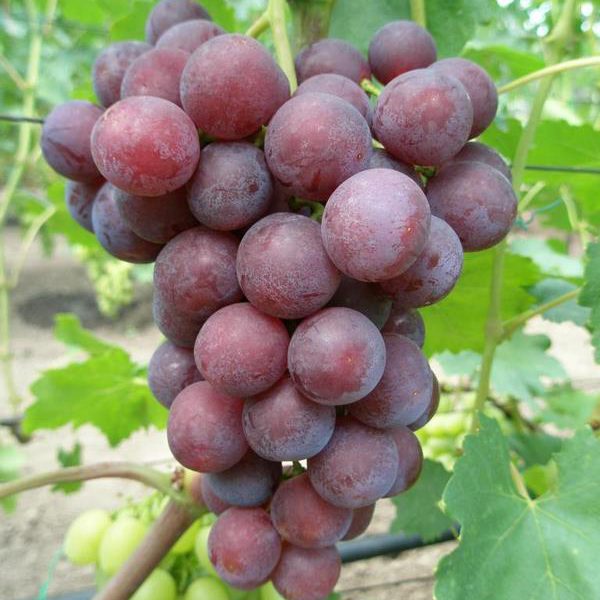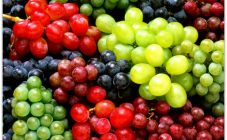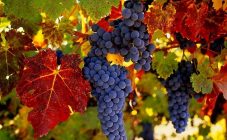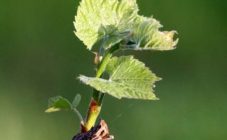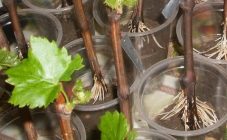Content:
Viticulture requires knowledge and a lot of effort, because these plants are more susceptible to various diseases than others. A huge assortment of varieties is offered to winegrowers, but the number of fruits depends on the correct choice of varieties.
Factors that reduce the yield
The vineyard has to justify the investment by producing large yields. Everyone wants to grow an environmentally friendly, disease-resistant, healthy and tasty product. But in reality this is not always feasible. Most often, grapes do not meet expectations for the following reasons:
- Incorrectly selected variety. When buying grapes, you need to focus on the climate in the planting region. Before buying seedlings, you need to study the features of the varieties you like.
- When buying new varieties, they are placed in a common vineyard. It is advisable to plant new seedlings separately from other plants to eliminate the risk of infection with diseases.
- Planting varieties that love warmth in cold climates. In order for the plant to bear fruit in this case, it must be resistant to frost. Growing in a greenhouse can be another advantageous solution.
By avoiding the most common mistakes, gardeners get the maximum yield.
In practice, when buying a resistant grape variety, some believe that it is not afraid of infection and other problems. This opinion is wrong. In reality, such a characteristic in the description of a variety only means that with proper cultivation, planting and maintenance at a high level, the plant has immunity. The likelihood that the plant will be hit by a pest is reduced, but not completely excluded.
Care features
A healthy, strong plant and tasty fruit will help you get the right care. Unpretentious grapes are often frost-hardy, but in cool regions for wintering, the vine is covered with foliage or sawdust.
It is obligatory to treat the soil and plants with a special preparation that fights infections and helps repel various pests. It is important to feed the plants in a timely manner, usually fertilizers are applied under the root system.
Vineyards should not be flooded often and heavily. Watering once a week is good enough during fruit setting. And during flowering, watering is completely prohibited. No need to moisturize after harvest.
The best grape varieties
Every year, breeders develop new products that have better performance in comparison with their predecessors. This is how the beginner attracts the attention of gardeners.
Before purchasing a variety, it is necessary to study in detail the features of its cultivation and maintenance. According to experienced gardeners and amateurs, it is worth paying attention to the following varieties of early grapes that are resistant to disease and frost:
- Delight White - growing season about 95 days. With waterlogging of the soil, the plant and berries resist infections. Bunches of grapes retain their presentation and useful properties for a long time.
- Victoria is a hybrid with short ripening periods. There is no need to insulate the vine in frosts below 27. It is immune to rot, fungal infections and other pathogens. In warm regions, the grower can expect to bear fruit twice a year with decent maintenance.There is a need to control the yield level and the load on the plant with your hands.
- Arcadia - produces large bunches of grapes, the weight of one can reach 2 kg. It is able to withstand diseases and frosts down to -25 degrees. The fruits contain about 25% natural sucrose and have a light musk flavor.
- Codryanka is an early table variety with large, elongated blue berries. Suitable for cultivation by beginners in Siberia and central regions.
- Agate Donskoy is a variety that gives a stable and high yield. Grapes are able to withstand up to - 26 degrees, resist diseases. Shoots grow well and quickly, which ensures high annual productivity.
- Laura is an early ripening variety whose grape beetle can weigh 1.5 kg. According to gardeners, this is one of the best table varieties that grows in the Moscow region.
- Timur is a hybrid early ripening dessert species that bears fruit quickly. The berries are covered with a thin, almost imperceptible skin. Taste good, with a high level of sucrose.
- New Russian - early ripe, sweet and aromatic varietal grapes. Plants are picky, resistant to frost and sores. The shoots are flexible, the bushes grow slightly larger than average. High yield guaranteed, even in dark areas without sunlight.
- Cardinal is an early class variety, bred by breeders in California. Its difference from domestic varieties is large berries, the weight of one can reach 15 g. A light nutmeg aroma is felt. Bunches of grapes are well transported and stored for a long time.
- Kuban - used for the preparation of table wines. The berries ripen quite quickly, within 125 days. Bushes grow more than average. On average, the bunches weigh up to a kilogram, some specimens reach up to 1.5 kg.
- Volgogradskiy - dark berries growing in long bunches. The fruits ripen in mid-August. Refers to vigorous species, well-bearing. Unpretentious in content. Preferred landing area - Crimea.
All of these species are among the most popular among amateur gardeners. Wine, desserts are prepared from them and consumed fresh. And this is not the whole list. Indeed, every year the list is replenished with new varieties. To get a decent yield, it is important to have a good understanding of the species, take into account the peculiarities of planting, maintenance and care.
Hybrid frost-resistant species
The Marinsky grape is a hybrid, popular variety obtained by crossing species such as Muscat, Northern and Hamburg varieties. The berries have an attractive appearance, large size and regular oval shape. Dark-blue colour. It is used to make dry table wines. The following advantages are noted:
- berries are covered with strong tight skin;
- average size of bunches;
- a small level of sucrose.
Easy-to-maintain, frost-hardy Rylines Pink Sidlis grape bred in the 80s. Despite its "age", it is still popular and actively bred in the country, regardless of the region. The grapes do not require shelter or insulation. Fruits are small, dark blue in color. Benefits:
- seedless grapes;
- large stable yield;
- early maturity;
- resistance to frost and disease.
Alpha is a species bred by crossing Vytis Riparia and Labrusca. The berries are oval in shape, small in size, dark. It tastes a bit like Isabella. The fruits are collected in small clusters. The advantages of gardeners include:
- frost resistance;
- rapid growth of young shoots;
- immunity to gray rot and grape moth.
Most of the variety is planted under arches, awnings and gazebos in order to decorate and green them. Mostly used as a landscape decoration. Dry table wine is prepared from the berries.
Noah was bred through crossing two varieties. Fruits in small, light yellow berries with a greenish tinge.The grape bunch is small, with medium density. Grape leaves are large, rounded. The following advantages are noted:
- thin skin of the fruit;
- frost resistance;
- resistance to disease.
Rochefort is an early ripening hybrid. The variety was bred through crossing the Talisman and the Cardinal. It grows mainly in the Krasnodar Territory - a region with mild climatic conditions. The berry is endowed with an interesting taste and delicate aroma of musk. With proper care, Rochefort is able to withstand fungal infections and pathogens. But do not neglect preventive measures.
As before, modern breeders get varieties that are immune to frost and disease. Most of them are hybrids, but this only makes them more profitable and more popular. The main thing is to know how to properly provide maintenance and care for the selected varieties, and the result will not be long in coming.
